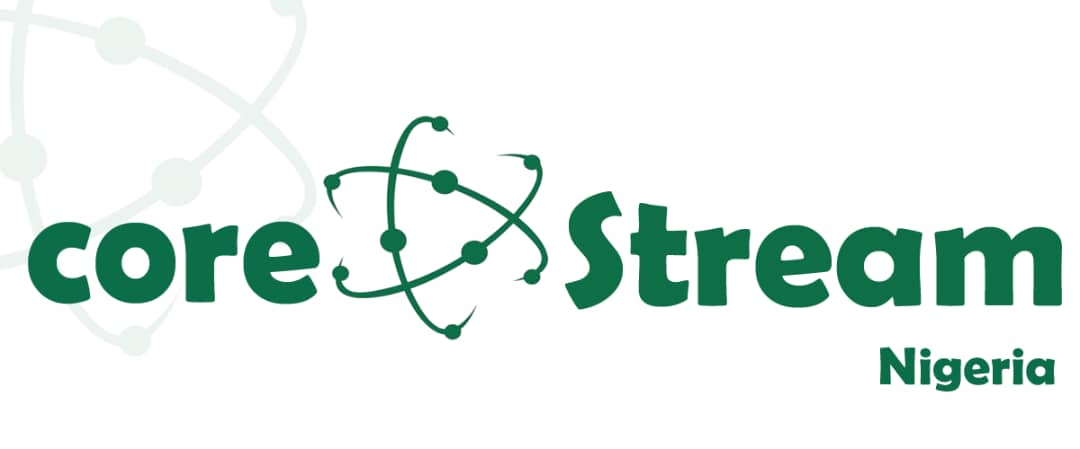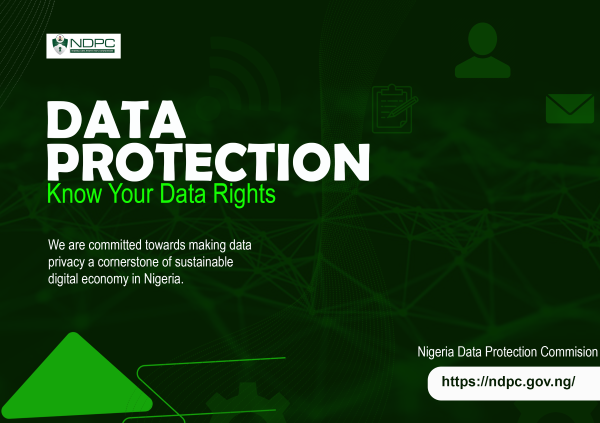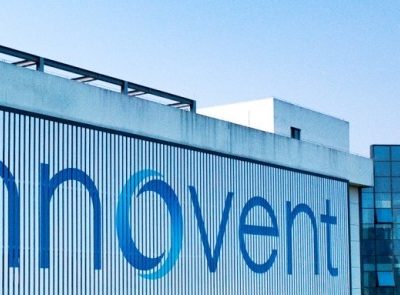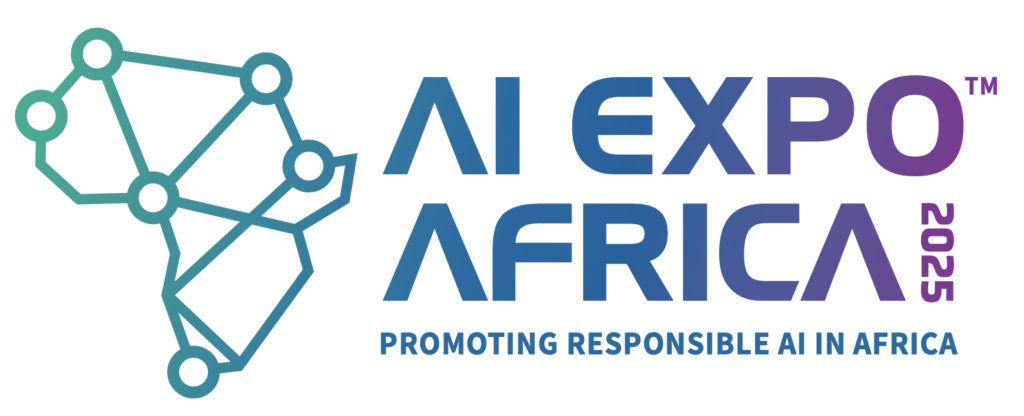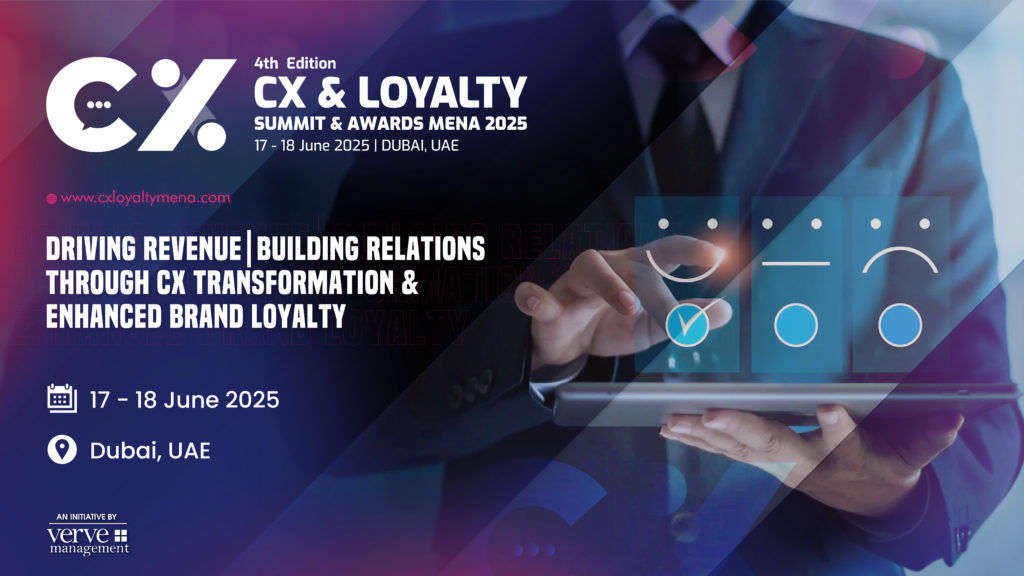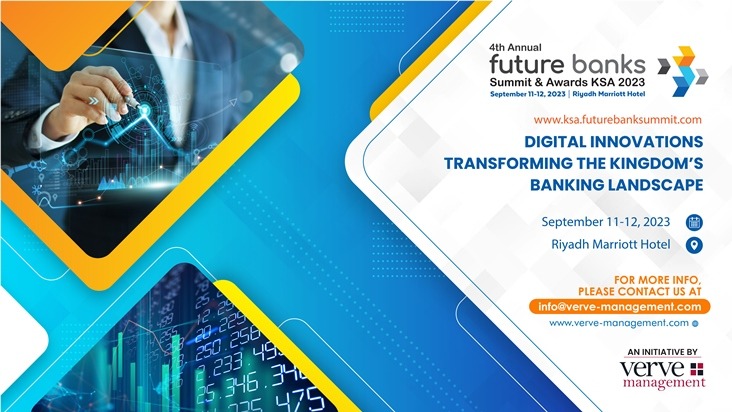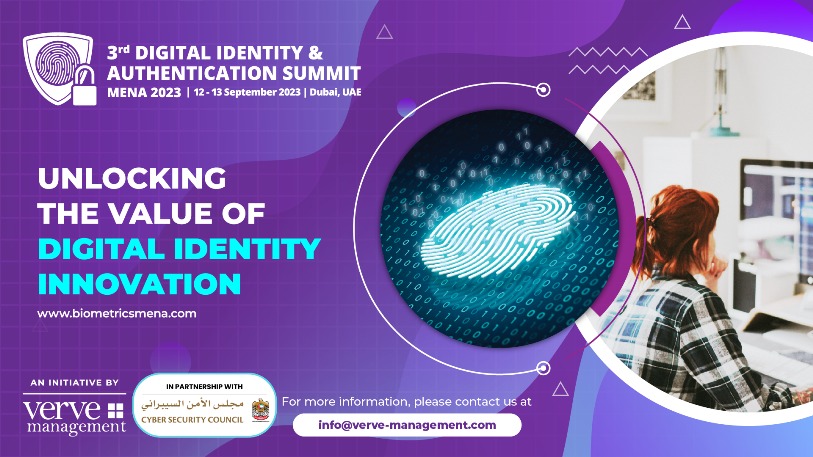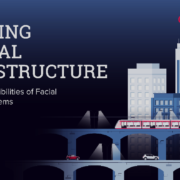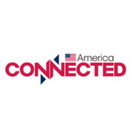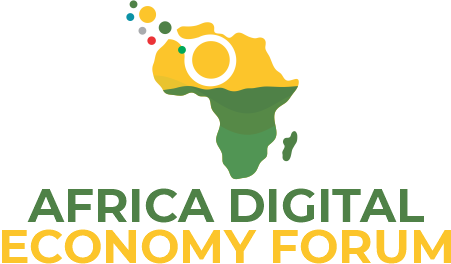By Joel Omeike
I. Introduction: HR’s Evolution into a Data-Driven Function
HR has long been seen as the department of intuition and human judgment, a people-centric function driven by experience and gut feeling. But in today’s data-driven world, intuition alone is no longer enough. The future of HR belongs to those who can merge human insight with data intelligence.
RELATED: Impact of AI, hybrid work top HR challenges in 2024
Organizations that embrace HR analytics are outperforming their competition in talent management, employee engagement, and business outcomes. In fact, companies that leverage people analytics are 5x more likely to make better and faster decisions. Yet, many HR professionals still struggle with understanding, applying, and leveraging HR data analytics and metrics effectively.
This guide is your roadmap to mastering data analytics in HR. It explores key HR metrics, analytics methodologies, and tools, and provides actionable insights for HR professionals to become data-driven leaders. If you want to future-proof your HR career, start here.
II. Understanding HR Metrics: The Foundation of Data-Driven HR
What Are HR Metrics?
HR metrics are the quantifiable measures used to track and assess HR performance and its impact on business objectives. They serve as the foundation for HR analytics, helping organizations make data-backed decisions about talent acquisition, retention, performance, and workforce planning.
Key HR Metrics Every Professional Should Track
1. Employee Turnover Rate
- Measures the percentage of employees leaving the company within a given period.
- Formula: (Number of Departures / Average Number of Employees) x 100
- High turnover signals potential issues in employee engagement, leadership, or workplace culture.
2. Time-to-Hire & Cost-per-Hire
- Time-to-Hire: Measures the average time taken to fill an open position.
- Cost-per-Hire: Calculates the total recruitment expenses per new hire.
- Both metrics are essential in evaluating hiring efficiency and recruitment ROI.
3. Employee Engagement & Productivity Metrics
- Employee Net Promoter Score (eNPS): Measures employee satisfaction and likelihood to recommend the company.
- Absenteeism Rate: Tracks the percentage of unplanned employee absences.
- Productivity Metrics: Assesses performance through KPIs like output per employee, project completion rates, and efficiency benchmarks.
4. Training Effectiveness & Learning ROI
- Training Completion Rate: Tracks the percentage of employees completing training programs.
- Skill Acquisition & Performance Impact: Measures how training translates into improved skills and performance.
- Learning ROI: Determines if training investments result in measurable business impact.
5. Diversity & Inclusion Metrics
- Workforce Diversity Ratio: Measures representation of various demographics.
- Pay Equity Metrics: Assesses gender pay gap and other disparities.
- Promotion Equity: Evaluates fairness in career advancement opportunities.
Understanding these core HR metrics lays the groundwork for deeper HR analytics and strategic decision-making.
III. The Four Types of HR Analytics: Moving from Descriptive to Prescriptive
HR analytics evolves across four levels, each offering deeper insights and strategic value:
1. Descriptive Analytics: What Happened?
- Focuses on historical data to identify trends and patterns.
- Example: Employee turnover reports showing seasonal trends in resignations.
2. Diagnostic Analytics: Why Did It Happen?
- Explains the reasons behind trends in HR data.
- Example: Identifying high turnover among a specific department due to ineffective leadership or workplace dissatisfaction.
3. Predictive Analytics: What Might Happen Next?
- Uses AI and machine learning to forecast future trends.
- Example: Predicting which employees are at high risk of leaving based on engagement levels and performance metrics.
4. Prescriptive Analytics: What Should We Do?
- Provides data-driven recommendations for proactive decision-making.
- Example: Suggesting retention strategies for high-risk employees based on predictive turnover models.
By mastering these analytics methodologies, HR professionals can move from reactive problem-solving to proactive talent strategy.
IV. HR Dashboards and Tools: Making Data Work for You
Essential HR Analytics Tools
- Microsoft Excel & Google Sheets – Basic data analysis and reporting.
- HRIS (Human Resource Information Systems) – Platforms like Workday, BambooHR, and SAP SuccessFactors.
- Power BI & Tableau – Advanced data visualization tools.
- AI-Powered HR Platforms – Predictive analytics tools like Visier and Crunchr.
Designing HR Dashboards for Real-Time Insights
- Employee Turnover Dashboard – Tracks resignation trends, reasons, and department-specific attrition.
- Recruitment & Hiring Dashboard – Monitors time-to-hire, candidate sources, and hiring effectiveness.
- Performance & Productivity Dashboard – Measures goal achievement, skill growth, and team efficiency.
Leveraging these tools helps HR professionals visualize data, generate insights, and drive impactful decisions.
V. Overcoming Challenges in HR Data Analytics
1. Data Accuracy & Reliability
- Garbage in, garbage out – Poor data leads to flawed insights.
- Standardizing data collection ensures consistency and accuracy.
2. Bridging the HR Analytics Skills Gap
- HR professionals must develop basic data literacy to interpret and apply insights.
- Recommended learning: Coursera, LinkedIn Learning, and SHRM HR Analytics certifications.
3. Overcoming Resistance to Data-Driven Decision Making
- HR leaders must advocate for analytics-backed strategies and train teams to adopt data-driven thinking.
4. Ethical & Legal Considerations in HR Analytics
- Data privacy regulations (GDPR, CCPA) must be upheld in HR analytics practices.
- Transparent communication builds employee trust in data usage.
VI. The Future of HR Analytics: AI, Big Data, and Predictive Insights
How AI & Machine Learning Are Transforming HR Analytics
- AI-driven sentiment analysis detects employee engagement shifts in real time.
- Chatbots & automation streamline HR analytics and reporting.
Predictive Workforce Planning & Business Outcomes
- AI models forecast future hiring needs and workforce gaps.
- Predictive analytics links HR decisions directly to profitability, retention, and productivity.
To stay ahead, HR professionals must embrace AI and advanced analytics as the new frontier of HR strategy.
Conclusion & Action Plan: Becoming a Data-Driven HR Leader
Your 5-Step Plan to Master HR Analytics:
- Learn the Language of Data – Develop basic data literacy.
- Track the Right Metrics – Identify key HR KPIs for your organization.
- Adopt Analytics Tools – Leverage HRIS, dashboards, and AI tools.
- Upskill & Get Certified – Invest in courses and certifications.
- Drive Data-Driven Decision-Making – Champion analytics within HR leadership.
HR analytics is no longer optional – it’s the future. Are you ready to lead?
Call to Action
Download free ebook: The Data-Driven Ebook for HR Professionals
Joel Omeike. The HRGodfather || Trusted Advisor || Certified Business Value Builder || Global HR Professional || Speaker || Trainer & Coach



